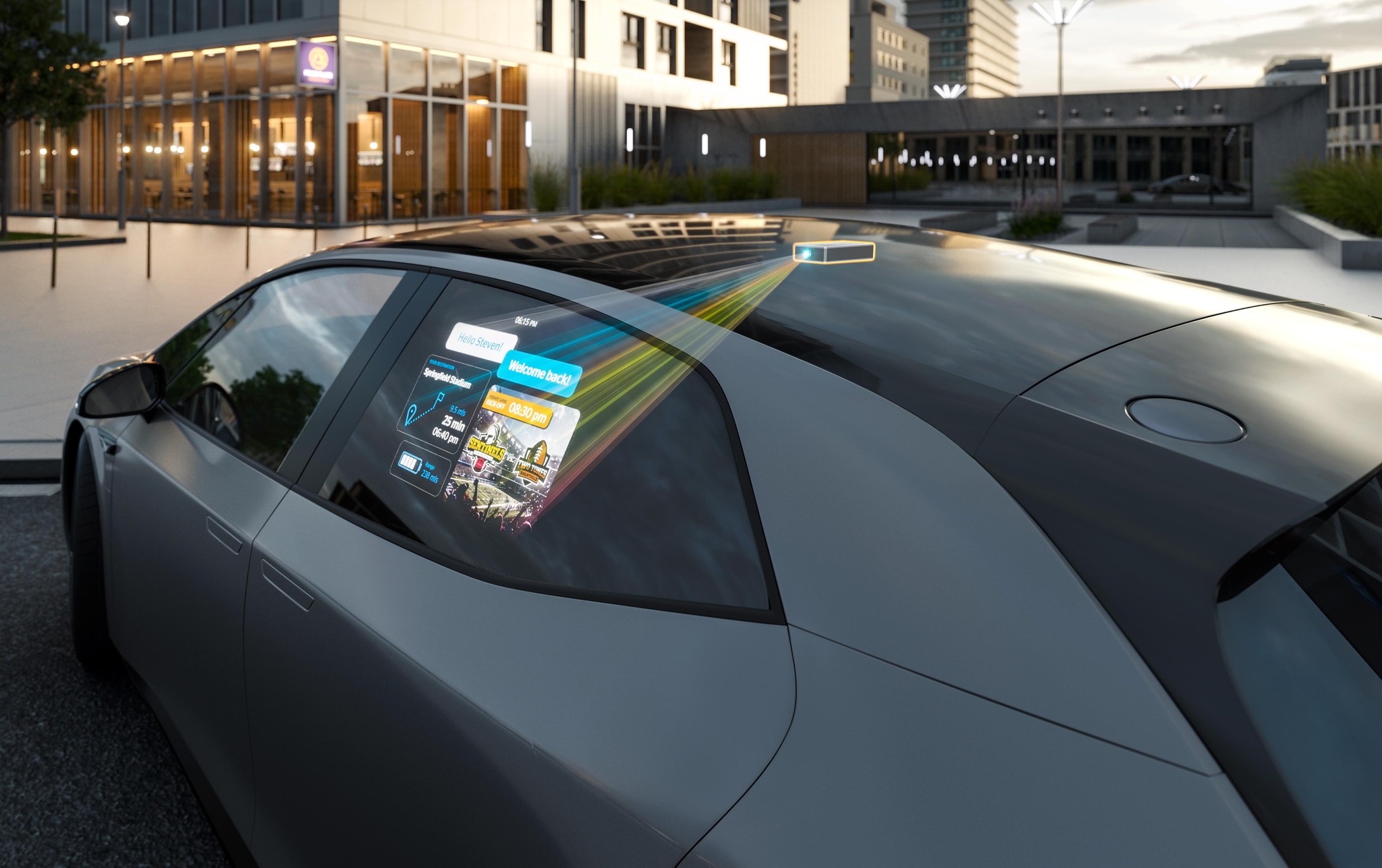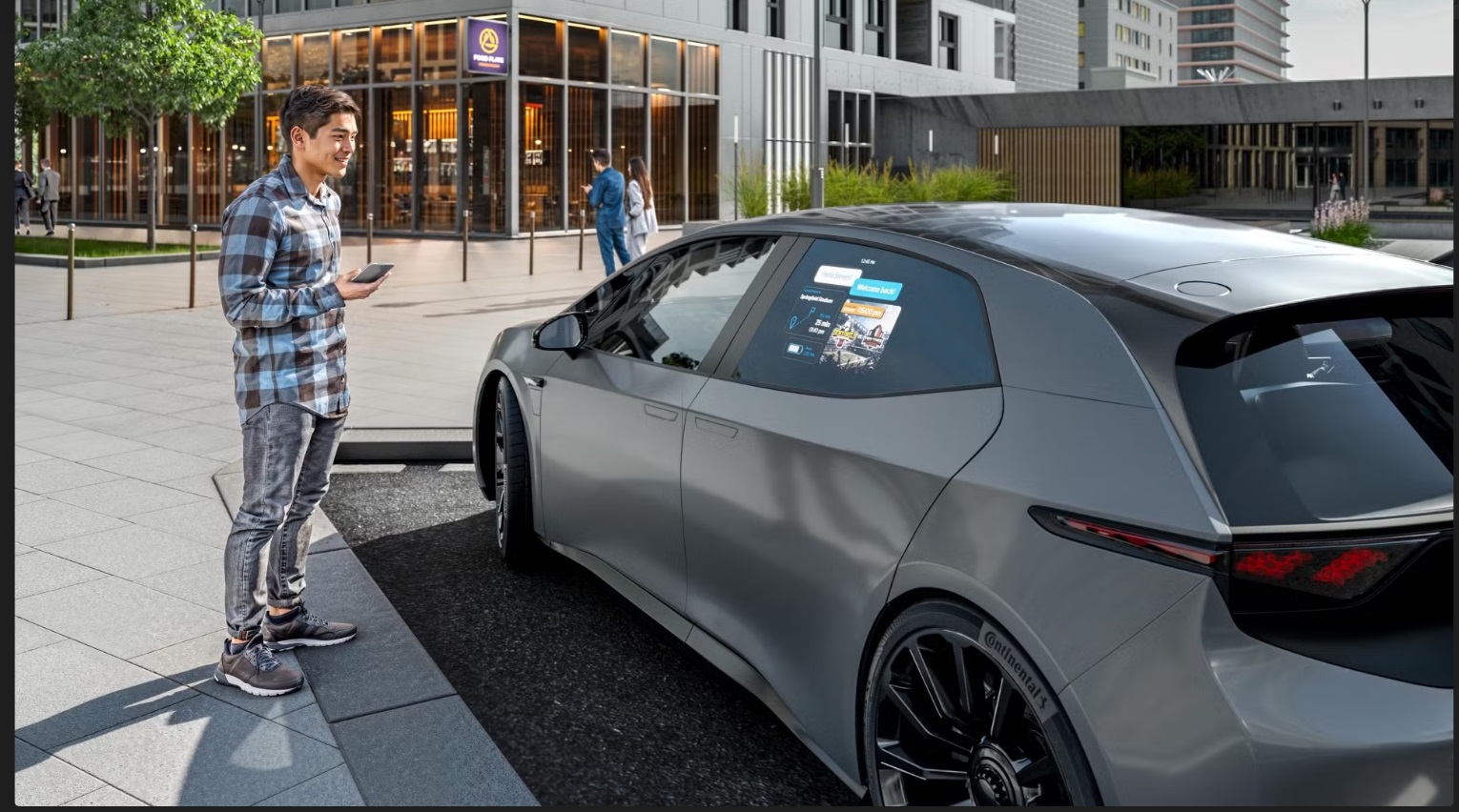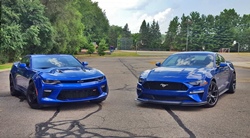It seems that screens have rapidly become prevalent in our daily lives with much of the human population spending plenty of time in front of some form of screen including in a growing number of new cars. This trend has no signs of stopping and if Continental has there way, pixels could soon be projected onto a vehicle’s side windows.
Conceptual technology from Continental could have multiple applications

Continental used CES 2025 to debut the new technology which is currently appearing only in concept form. The feature uses a compact high definition projector and electrochromic windows to help display the images onto the windows. When the projector activates, the windows darken and information appears on the screen as if it were a traditional projection screen. Continental says the images can be used in a multitude of ways including identifying rideshare rides, displaying an EV’s charge level, and showing off your favorite sports logos.
The system is part of Continental’s “eTravel.companion” software suite which takes feedback from local weather reports, vehicle sensors, and whatever personal information the driver provides, then uses artificial intelligence to suggest content when the driver approaches the vehicle. For example, if the driver’s phone navigation is active, eTravel.companion might display a route that avoids traffic or incorporates charging stops if the car’s range isn’t sufficient to make the entire trip.
Will this ever be road legal?

A prominent obstacle that pops up whenever companies attempt to mix screens with driving is how distracting it can be to drivers especially other drivers sharing the road with a vehicle equipped with the feature. While the images are only visible on the outside, Continental admits that the darkened windows could cause loss of visibility on equipped models. A solution that could be implemented (especially if government regulators get involved) is to have the system only work when the vehicle is stationary.
This arrangement would cause the system, to miss out on some of its more ambitious applications, but it could still be a useful tool for other items like charging an EV or helping riders identify their Uber or other rideshare pickup before they hop in. The technology does have some applications and it will be interesting to see if it can eventually make its appearance in some form of production application.

Carl Malek has been an automotive journalist for over 10 years. First starting out as a freelance photographer before making the transition to writing during college, his work has appeared on numerous automotive forums as well as websites such as Autoshopper.com.
Carl is also a big fan of British vehicles with the bulk of his devotion going to the Morgan Motor Company as well as offerings from Lotus, MG, and Caterham. When he is not writing about automobiles, Carl enjoys spending time with his family and friends in the Metro Detroit area, as well as spending time with his adorable pets.
